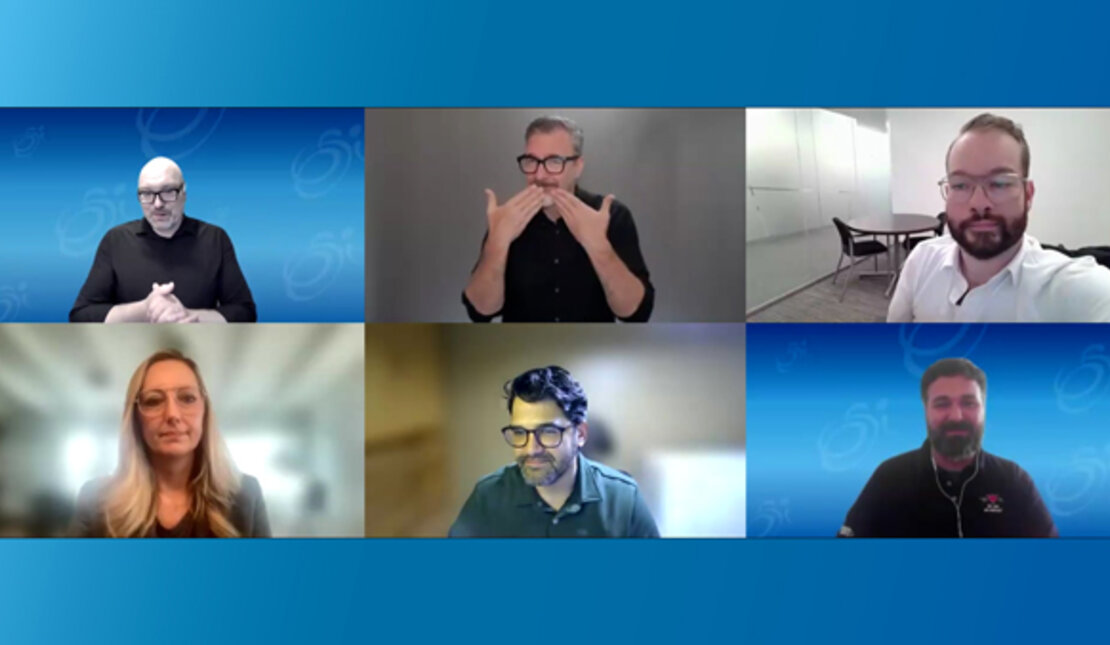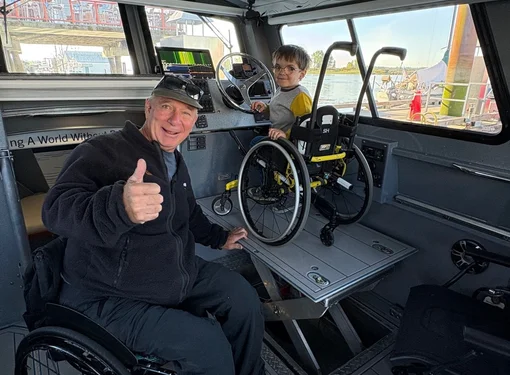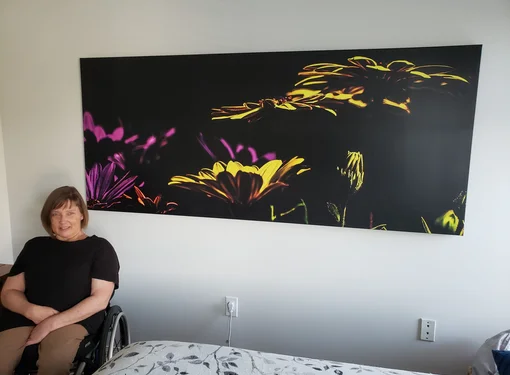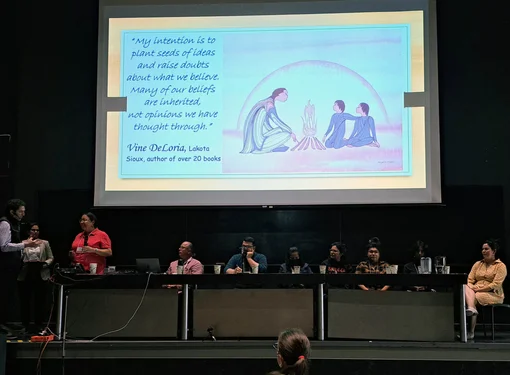It’s About Culture, not Accommodations
When leaders from Canadian Tire, KPMG Canada, Scotiabank, and Vancouver International Airport (YVR) came together for ‘The Power of Championing Disability Inclusion’, the conversation was direct, honest, and refreshingly human.
Hosted by the Rick Hansen Foundation on May 26 as part of commemorating National AccesssAbility Week, a clear message emerged from the hour-long webinar: accessibility isn’t just about compliance, it’s about culture, disability confidence, and collective momentum.
The panel pulled back the curtain on what inclusion really looks like inside large corporations, highlighting the day-to-day decisions that shape whether someone feels welcome or invisible.
The panelists included:
- Melissa Davis, Director, Workplace & Experience, Design Strategy & Transformation, Scotiabank
- Sumit Kumar, Senior Manager, Inclusion, Diversity & Equity, KPMG Canada
- Jon Turco, Associate Manager, Loyalty Products – Partnerships, Canadian Tire
- Josh Vander Vies, Director of Diversity, Inclusion & Belonging, YVR
The conversation was moderated by Matthew Shaw, Head of Accessibility Practice, Rick Hansen Foundation. If you missed the live session, we invite you to watch the recording.
Busting the Myths That Hold Inclusion Back
Sumit kicked off the panel with a reality check: “The first barrier is lack of education. We don’t talk about it enough.” He tackled the false perception that people with disabilities are less productive than those without disabilities.
He also pointed to performance management bias. “Accommodations are often seen as expensive or complex. When in reality, many accommodations can be simple adjustments or a simple one-time investment that can help.”
Josh pushed the topic further. “One of the biggest barriers is that hiring managers believe that disabled candidates can’t do the job. What a stark misconception and barrier that is.”
Josh praised the power of internal education, referencing a unique program at YVR that gamifies finding accessibility features around the office and airport terminal, including accessibility videos, which he called “the learning path to get more disability confident.”
He also offered a crucial distinction when it comes to barriers: “Barrier reduction is reducing barriers that help everybody. Accommodations are when a candidate is hired for their talent but needs an accommodation to unlock their full potential. Accommodations are after the fact. Barriers are before the fact.”
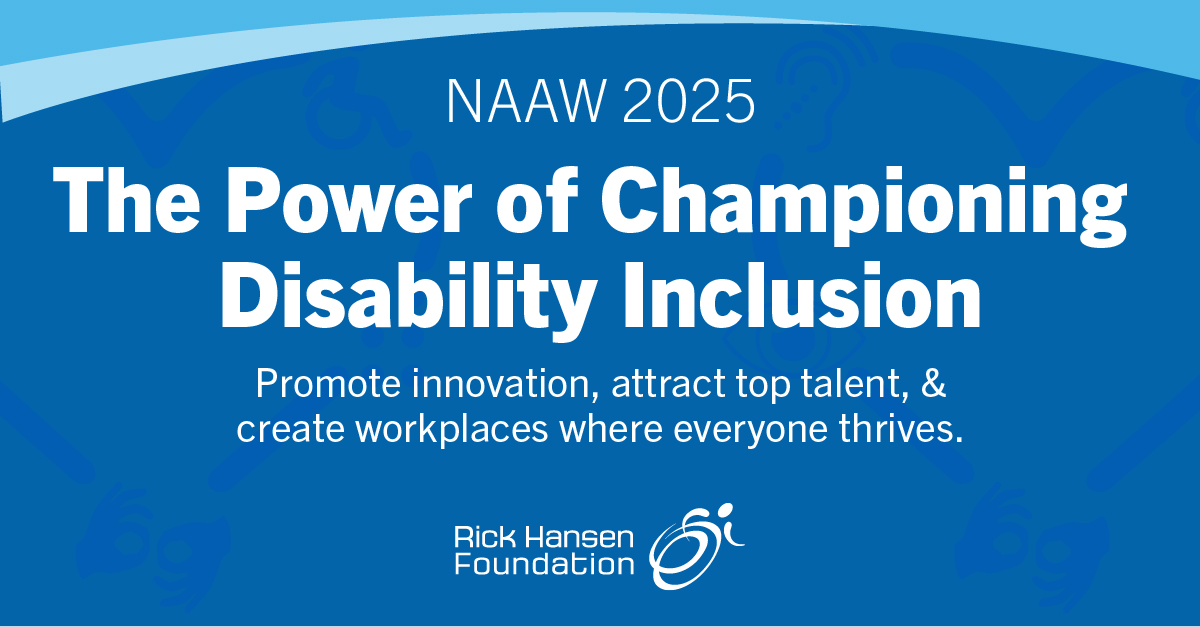
Redefining What Disability Looks Like
Melissa emphasized how much of disability inclusion comes down to how we define and more often, misdefine, disability itself.
“There’s a reductive view on what a disability looks like,” she said. “Inclusion is often framed as something that only impacts a small percentage of the population.”
Melissa draws on both her professional lens and her personal experience as a parent of a child with a disability. “Challenges like noise, smells, directional signage – I have a much better understanding of how to support our employees by offering choice. Such as offering places to decompress.”
She also pointed to physical design choices that impact older populations. “If the reception seating is too low or the chairs don’t have arms, they will opt not to sit down because they’re afraid they can’t get back up.”
At Scotiabank, accessibility is part of a broader cultural ecosystem. “Luckily we have an experienced neurodivergent population that creates a feedback loop,” Melissa added. “That feedback loop is paramount.”
The Business Case Isn’t Optional Anymore
“In North America, people with disabilities control 2.6 trillion in disposable income,” Jon said, referring to a stat from a 2024 Global Economics of Disability Report. “Companies are not doing a good enough job. If people with disabilities aren’t comfortable enough to ask for the accommodation, then maybe it should be flipped: what do I need to do to help you be the best version of yourself when you come to work?”
Josh pointed to the measurable, long-term wins at YVR. “We made all the [biometric] gates wide enough for a wheelchair right off the bat… Our leadership saw that if it’s not accessible, that’s not an option for us – without me even getting involved.”
He continued: “We recently won Best Airport in North America for a 14th year. Also named the 6th most accessible airport in the world. It’s nice to have some world-class results; and we’re going to get even better.”
Sumit agreed with the overarching statement of accessibility benefitting everyone, not just people with disabilities. “When we have a conversation focused on accessibility, we get the perspective of those with disabilities, or a new parent with a stroller, for example. It tells us again it’s really about everyone.”
Holding the Line When DEI Pushes Get Pushback
With global shifts and political uncertainty threatening Diversity, Equity, and Inclusion programs, the panel explored how to maintain momentum in difficult times.
Melissa shared how Scotiabank built governance into accessibility: “We have the W4 Core Team. We provide oversight and review material changes of new developments and receive regular feedback. It includes real estate, technology, HR… We’re all at the table having conversations together and it’s like rocket fuel for solutioning.”
She also noted the power of industry-wide peer collaboration: “All the big five banks meet regularly and share. We talk about challenges and opportunities and how we navigate solutions.”
Josh distilled it down to a mantra inspired by a quote from political commentator Michael Brooks, a succinct reminder that systemic policy failures are not the fault of people trying to do their best within them: “Be gentle on the people and be ruthless on the systems.”
Josh reinforced that idea. “It’s a very disorienting and intense time… It’s easy to mix those up and be hard on the people. Let’s not do that.” He urged everyone listening to stay active in the work: “If the conversation stops, it’s out of sight out of mind, and we don’t want that to happen. We’re all thought leaders in making sure that conversation keeps going.”
Sumit wrapped with: “Think about why we do what we do – and that will offer plenty of reasons to continue.”
Watch the recording:
